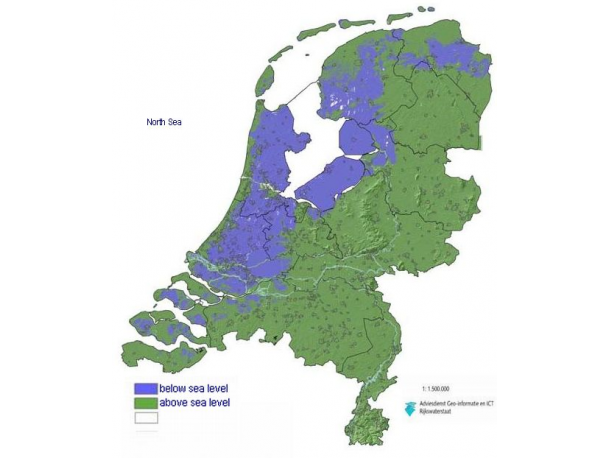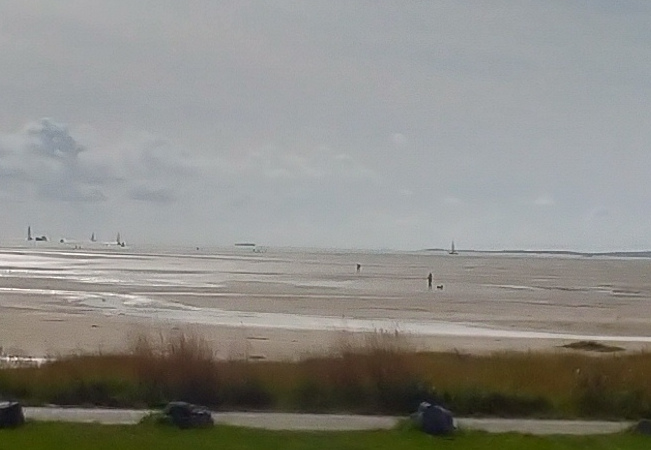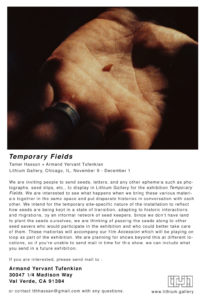There are a number of big pending changes in agriculture and climate change. Depending on who and where you are, you may not be aware of these. I think we should all be watching, because they’re going to impact everyone. It’s also the case that some may not succeed. Since I live in the Netherlands, I’m going to start locally, then changes in the EU, then global.
The Netherlands (NL)
Here in NL we are in the midst of farmers protests. The root of the problem is the nature of post WWII agriculture here, which is export oriented and heavy on processed foods. We have one of the highest densities of farm animals in the world here, and as a consequence one of the highest levels of nitrogen and methane pollution. This pollution impacts the air, land and water. It’s a very serious problem, and it’s almost everywhere in the country. As we start to address CO2 emissions, it’s becoming more and more clear that these compounds are as big or a bigger source of greenhouse gasses, the Netherlands is the biggest emitter in the EU, and one of the largest in the world. Methane mostly comes from either agriculture or the extraction of fossil fuels.
The Netherlands must do something to address their nitrogen and methane pollution. Not just for now and the immediate and urgent needs, but also so it doesn’t become a problem for generations to come.
The Dutch government has committed to a number of reforms, most of which are demands from the EU, and is moving forward with these. The main obstacle is the local farmers union called LTO, which is a local chapter of Copa-Cogeca, the largest lobby organization in the EU. I think the tactics they use are really a shame. To them the only farmer is one who demands to raise higher and higher densities of animals, and won’t tolerate any environmental related rules. Their vision of a farmer is one who uses excessive fertilizers and pesticides. Basically you are either with or against them, and if you don’t support their vision of a polluting farmer, you are against all farmers everywhere.
Farming protests are a common event here, and currently ongoing, protesting the restrictions on nitrogen pollution. In these protests you can’t be in favor of the environment and support farmers at the same time, you must be in favor of polluting the environment or you are against the farmers.
The symbol of the protests is an upside-down Dutch flag. There are a lot of them around, but also clearly a number of people who have chosen not to participate in the protests or display flags. The tactics of the protesting farmers usually include blocking highways with tractors, dumping bales of straw in front of politicians houses, blocking food distribution centers so supermarkets will run out (to make the point that food comes from farmers and without farmers there is no food), as well as other things. Increasingly people see this as farmers trying to disrupt the lives of ordinary people, and are getting annoyed at it.
The Dutch government is normally very tolerant of protesters. During Covid, for the first time in memory, the government had to crack down on protests as a matter of public health and safety. They have decided to take a similar approach against the farmers, and are aggressively enforcing the law. Farmers are being fined and arrested. Supermarket chains are complaining they are losing millions of euros per day at the distribution centers, but the police are breaking up the protests, and at least I haven’t noticed any food shortages. Roads are also mostly being kept clear. There are some amazingly stupid protests, like intentionally contaminating nature areas with nitrogen pollution, but otherwise not much that ordinary people are noticing this time.
I am really optimistic that we will emerge from these protests this time with a clear direction in addressing the nitrogen pollution, and a more sophisticated view of farmers than people intent on environmental contamination. We really need a new vision of agriculture to emerge overall, as a model for worldwide reform. I’m certain I’m not the only person feeling this way.
European Union
The EU Commission has promised a new EU seed law proposal before the end of the year. There is very much the feeling of change in the air. The major obstacle to positive reform is the same lobby group behind the protests in the Netherlands, Copa-Cogeca. I think and hope there is an urgent sense of the need to stand up to them this time around.
I think this round of seed law changes is our last best hope of big changes before we really have to buckle down on climate change. Good intentions from the EU Commission can easily be messed up as the measure progresses through the Parliament and EU Council, so let’s hope everyone is ready to stand up to the corporate lobbying.
The World
The EU Commission is planning changes to UPOV. This is the IPR related international treaty the EU uses to impose it’s seed laws on almost every agricultural exporting country in the world, besides the US. There is optimism that if there is good progress made in reforming the seed laws, that these positive changes can be pushed out to other places at the same time.
A sort of competing IPR treaty, the Convention on Biological diversity is reported to be not doing well. This is a real shame as this is the only obvious treaty dealing with biodiversity and nature, but it has many problematic issues, including Access and Benefits Sharing and the Nagoya Protocol. It’s a very good thing that these provisions cannot yet be fully implemented. We aren’t going to save nature and biodiversity through privatization and IPR or IPR alternatives.





